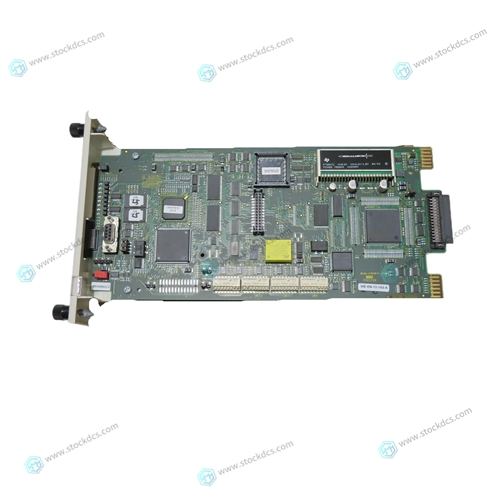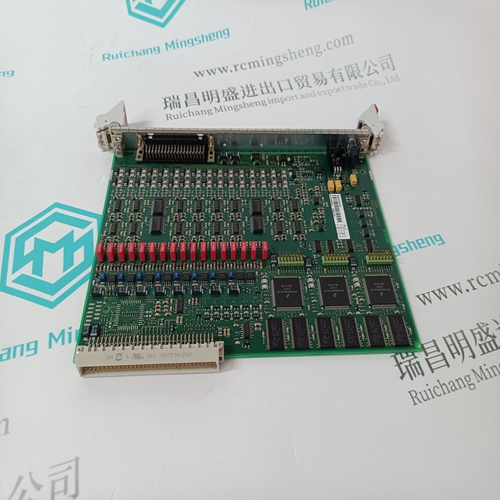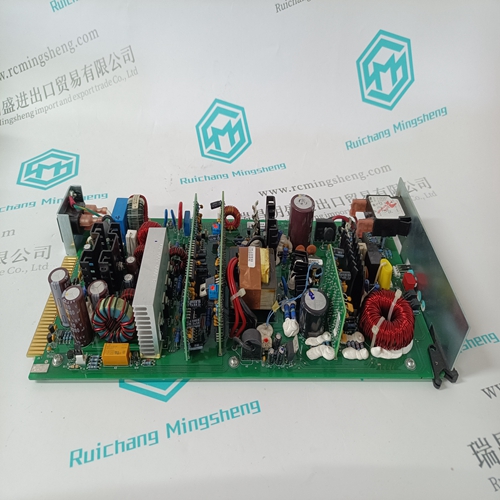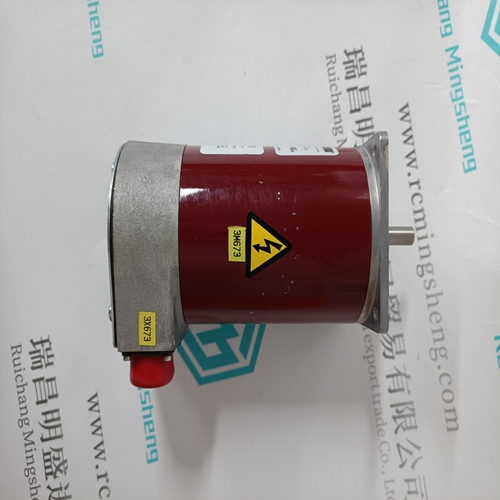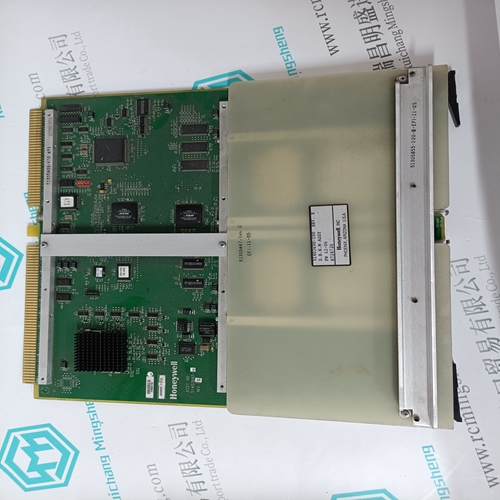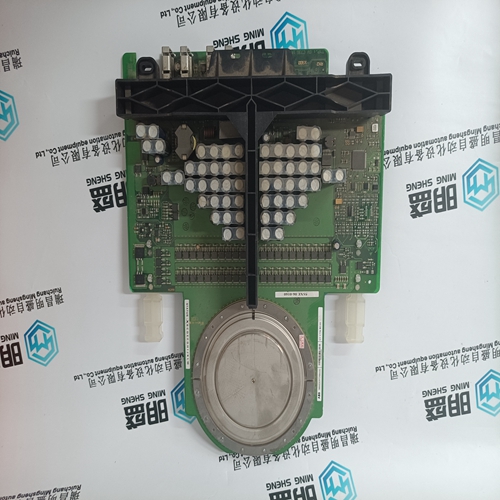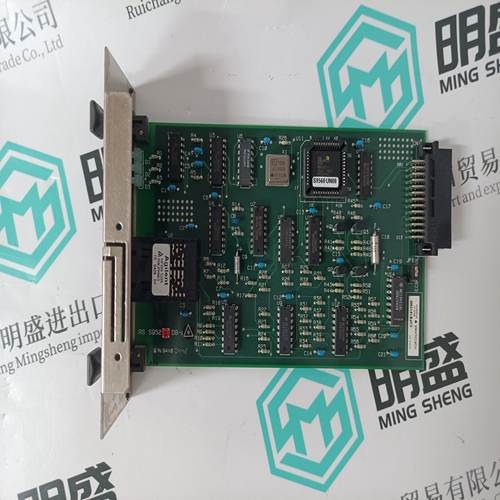Home > Product > DCS control system > ABB SPBLK01 Adjustment control card
ABB SPBLK01 Adjustment control card
- Product ID: SPBLK01
- Brand: ABB
- Place of origin: The Swiss
- Goods status: new/used
- Delivery date: stock
- The quality assurance period: 365 days
- Phone/WhatsApp/WeChat:+86 15270269218
- Email:stodcdcs@gmail.com
- Tags:ABBSPBLK01Adjustment control card
- Get the latest price:Click to consult
ABB SPBLK01 Adjustment control card
The architecture of the PMC422 is illustrated in the block diagram. There are two major components: • Octal UART. This single device incorporates all 8 UARTs with a PCI interface. It connects (via the PMC connectors) to the PCI bus on the host card. • Signal Drivers There is one driver per UART channel. The Signal Driver controls the electrical signaling protocol for the channel. Signal protocols supported are: RS-232, EIA-530, RS-422, RS-485, and RS-489. Operation is controlled via on card DIP switches. Each pair of UART channels is controlled by one configuration switch package. Thus, up to four different signal protocols may be configured. There is an eight bit input port on the Octal UART Controller that is connected to a pair of DIP Switches. This feature may be used to create a system ID, or other configuration input for use by application-specific software.
Outputs Each UART
channel has four signal pairs: Tx - Transmitted data from the UART Rx - Received data to the UART RTS - Ready to Send Output from the PMC422 when the UART RTS is asserted CTS - Clear to Send Input to the PMC422 routed to the CTS input of the UART As the PMC422 supports differential signaling, (e.g., RS-422) each direction (Transmit & Receive) has two associated lines (i.e., a Negative and Positive leg). For single ended signaling protocols (e.g., RS-232) the Negative line of the pair should be used.
Port Configuration
The attribute The attributes of each po of each port are controlled rt are controlled by swit by switches in DIP packag DIP packages (four switches p r switches per package). ckage). One set of switches controls the signal protocol: on this switch package, the combination of the four switches selects the signaling protocol (e.g., RS232, RS422 etc.). Ports are controlled in pairs, thus, each of the four switch packages control two ports.A separate switch pack, the four switches are divided between two channels, two switches on the package perchannel. (These attributes are controlled on a per-port basis). These switches control an additional two attributes of each channel: • Transmit Output disabled when RTS (Ready To Send) is not active. This option allows the transmit driver to be totally disabled (put in tri-state) if RTS is not present. The RTS signal comes from the UART, and can be controlled from the host application software. When the controlling switch is off, the Transmitter for the channel is always active.






Superior products
ABB -- AC 800M controller, Bailey, PM866 controller, IGCT silicon controlled 5SHY 3BHB01 3BHEO0 3HNA00 DSOC series
BENTLY --- 3500 system/proximitor, front and rear cards, sensors, power modules, probes, cables
Emerson -- modbus card, power panel, controller, power supply, base, power module, switchEPRO --- Data acquisition module, probe, speed sensor, vibration sensor, shaft vibration transmitter, proximitor
FOXBORO - thermal resistance input/output module, power module, communication module, cable, controller, switch
GE --- module, air switch, I/O module, display, CPU module, power module, converter, CPU board, Ethernet module, integrated protection device, power module, gas turbine card
HIMA --- DI module, processor module, AI card, pulse encoder
Honeywell --- Secure digital output card, program module, analog input card, CPU module, FIM cardMOOG - servo valve, controller, module, power module
NI --- Information acquisition card, PXI module, card, chassis multi-channel control card
WESTINGHOUSE --- RTD thermal resistance input module, AI/AO/DI/DO module, power module, control module, base module
Woodward - Regulator, module, controller, governor
YOKOGAWA - Servo module, control cabinet node unit
